The ChartFlow Team
The healthcare industry is continually evolving, and nursing students need to develop the necessary skills to use digital healthcare solutions to be successful in their future careers. Here are five tips for nursing educators to help their students develop their digital healthcare skills.
1️⃣ Incorporate EHRs into the Curriculum
Integrating electronic health records (EHRs) into the nursing curriculum is an effective way for students to get hands-on experience with digital healthcare solutions. EHRs can be used in simulations, allowing nursing students to practice documentation in a safe environment and develop their skills without any risk to patients. This extra practice can help make student’s more comfortable once they’re in a clinical setting and dealing with these large, cumbersome systems.
Of course, we’re biased, as our first product at ChartFlow is an academic EHR! But this article isn’t just us about us, so we won’t self-promote beyond this initial section.
There are lots of great academic EHRs in the market already, developed by publishers, EdTech companies, and assessment developers. These EHRs have been around for the past decade and all include a robust database of patient case studies and activities that often times already align with your other educational resources. It’s likely you’re already using one of these systems!
From our conversations with nurse educators, we discovered a need for a flexible, low-cost solution. And that’s why we built ChartFlow!
If you happen to be looking for a new EHR, or would just like to see what we’ve built, you can click here to trial ChartFlow for free.

We also have a Free EHR Simulation Course available for Students.

2️⃣ Virtual Reality (VR)
Virtual Reality (VR) technology can offer nursing students a transformative learning experience, allowing them to interact with patients and practice medical procedures in a simulated environment. VR can help nursing students develop their skills and gain valuable experience in a controlled and safe environment. Additionally, it can simulate high-stress scenarios that may be difficult to replicate in a traditional classroom setting, enhancing their preparedness for real-world situations.

We’ve heard great reviews about SimX and have had a chance to demo their platform at conferences. We’ve found their scenarios to be realistic as a means to prepare students for their clinical experiences.
3️⃣ Utilize Online Simulation Resources
In addition to classroom instruction, nursing educators can use online resources to assist students in learning how to use digital healthcare solutions. Online tutorials, videos, and webinars can offer students the chance to learn at their own pace and reinforce their knowledge. We think there’s also tremendous value in low-cost, mobile & web-based simulation resources that incorporate unfolding scenarios that help improve student’s clinical judgement skills.
Shadow Health by Elsevier is an example of an online simulation resource we’ve seen nursing programs use effectively with their students. Shadow Health allows students to practice with digital standardized patients, improving their clinical judgement and critical thinking skills.
vSim by Lippincott Nursing is another example of a popular simulation resource. We’ve heard especially positive reviews from programs that rely on Lippincott throughout their curriculum.
At ChartFlow, we’re working on developing our platform over the next year to incorporate unfolding patient case studies that align with the new question types found in NextGEN NCLEX. We envision these unfolding scenarios to include events that automatically release new information to students based on their decisions and documentation.
In this case, we don’t have anything to promote, as we haven’t built it yet! But we would love to get your feedback on the type of product you think could benefit nursing students. Let us know by sending us a quick email.
4️⃣ Provide Frequent Practice
Frequent practice is essential for nursing students to develop confidence in using digital healthcare solutions. Encouraging students to practice regularly can help them become more familiar with the technology and comfortable using it in clinical situations.
Our view is to avoid using disparate solutions on their own—combine and use your resources together to compliment each other and reinforce key concepts for students. If possible, create the same scenarios in different tools to align the learning experience for students.
Educators can incorporate EHRs and other digital healthcare solutions directly into their existing simulations. Students should then be able to review the patient’s chart on their own and think critically about other potential outcomes. What if the patient received different medications? What if they were neglected? By having student’s consider these alternative realities, they can begin to think about patient care in a 3-Dimensional way.
EHRs, online resources, and VR are all fantastic tools but only if you utilize them frequently. We recommend integrating these solutions into every aspect of your curriculum and avoid keeping them in a vacuum. Use your technology resources to their full potential!
5️⃣ Increase Student’s familiarity with New AI tools
Artificial intelligence (AI) is a rapidly growing field in healthcare, and nursing students should be aware of the latest developments. Educators can help students gain familiarity with new AI tools by incorporating them into the curriculum.
Tools like ChatGPT are all the rage and are completely free for Student’s to use to access information, ask questions, and more. While it may be too early to incorporating these tools directly into your curriculum, having students in their final semester explore tools they may encounter in the workforce could give them an early advantage in their new careers.
As these tools make their way into every industry, we plan on writing posts in the coming weeks covering healthcare, education, and nursing specific technologies we think could benefit both students and educators.
🏁 Conclusion
By incorporating EHRs into the curriculum, utilizing online resources, providing frequent practice, utilizing VR technology, and staying current with industry trends, nursing educators can help their students develop the necessary skills and knowledge to use digital healthcare solutions.
Academic EHR solutions like ChartFlow can also provide nursing students with hands-on experience in a simulated environment. With the right education and training, nursing students can thrive in their future careers in the digital healthcare landscape.
More posts like this
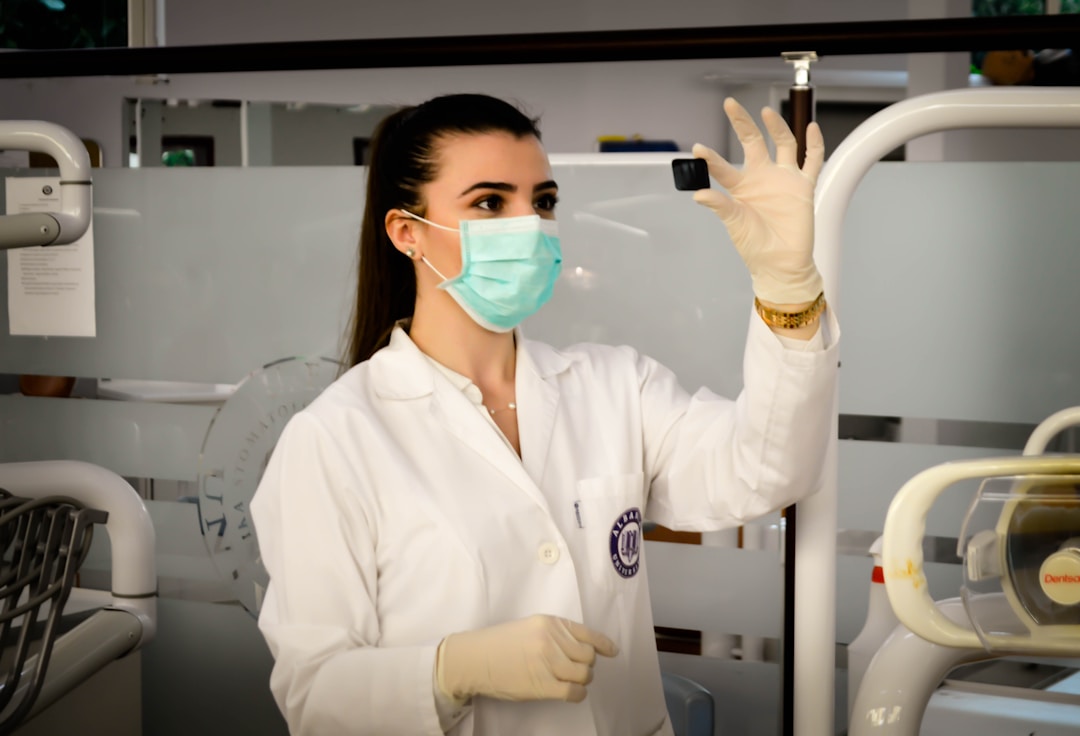







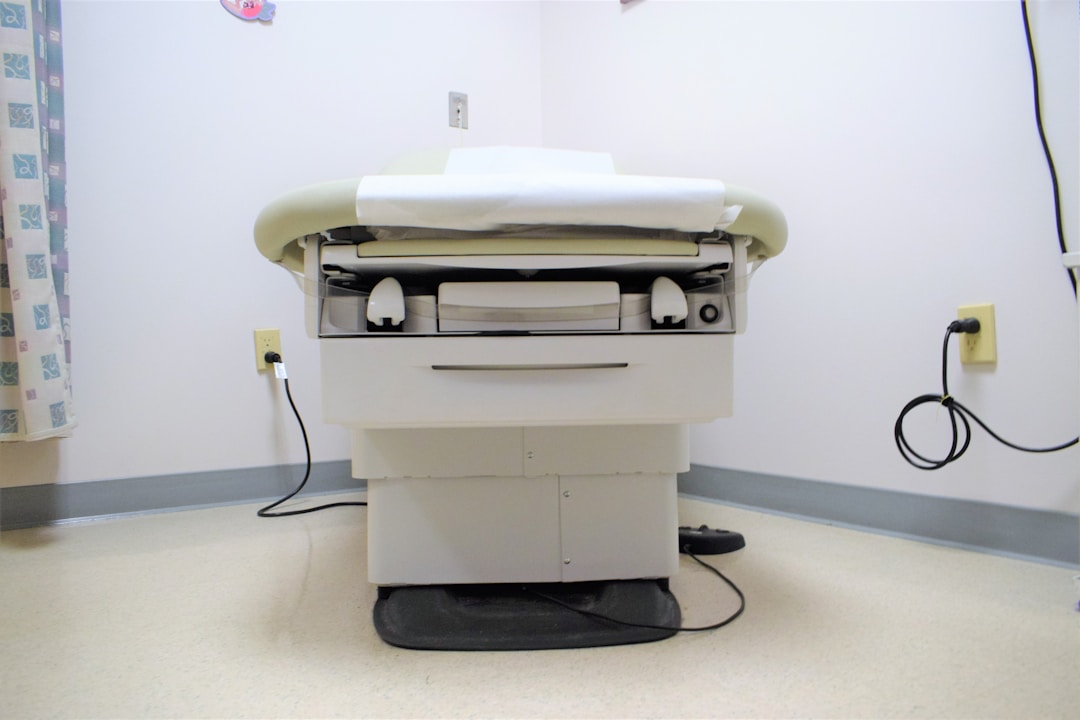
















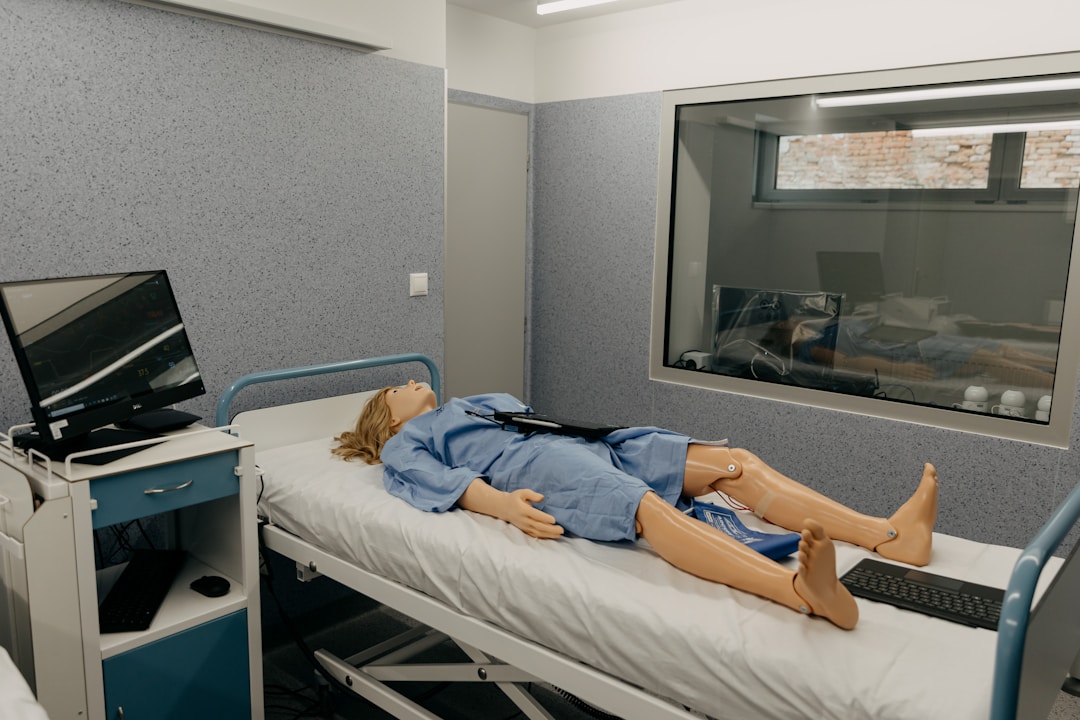









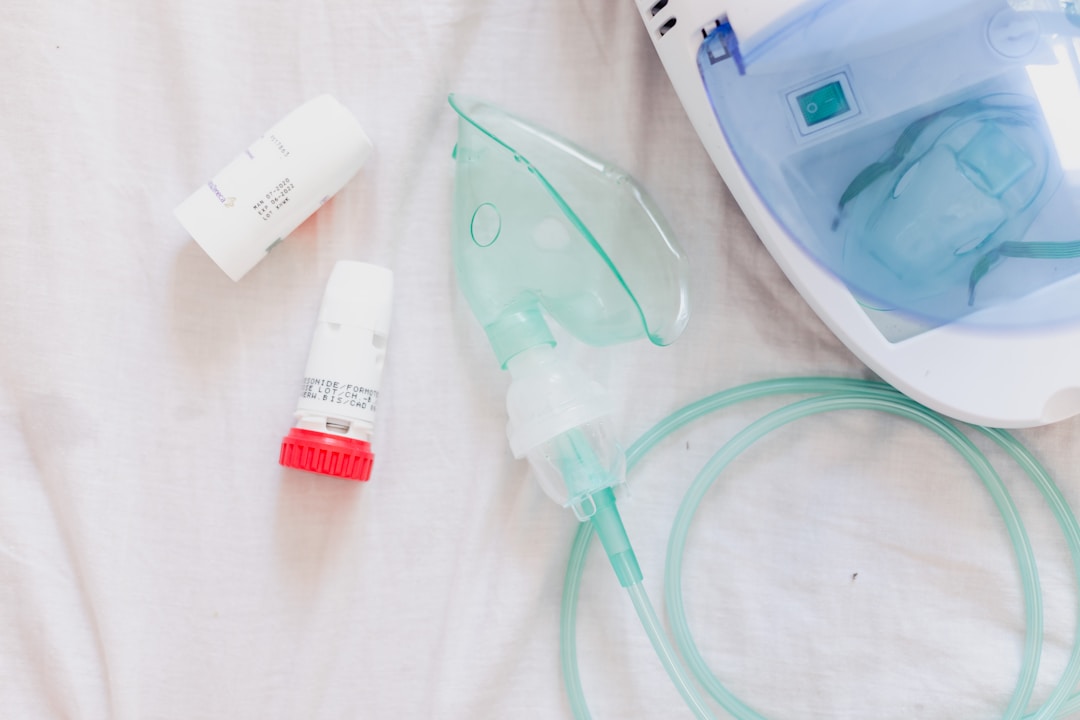


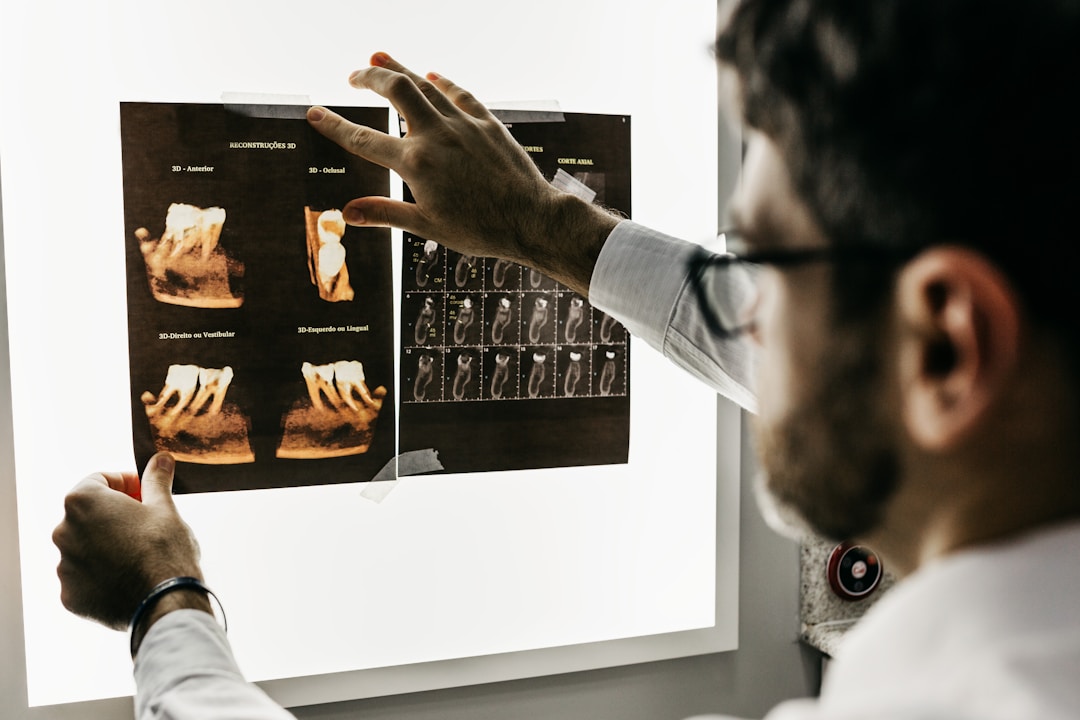

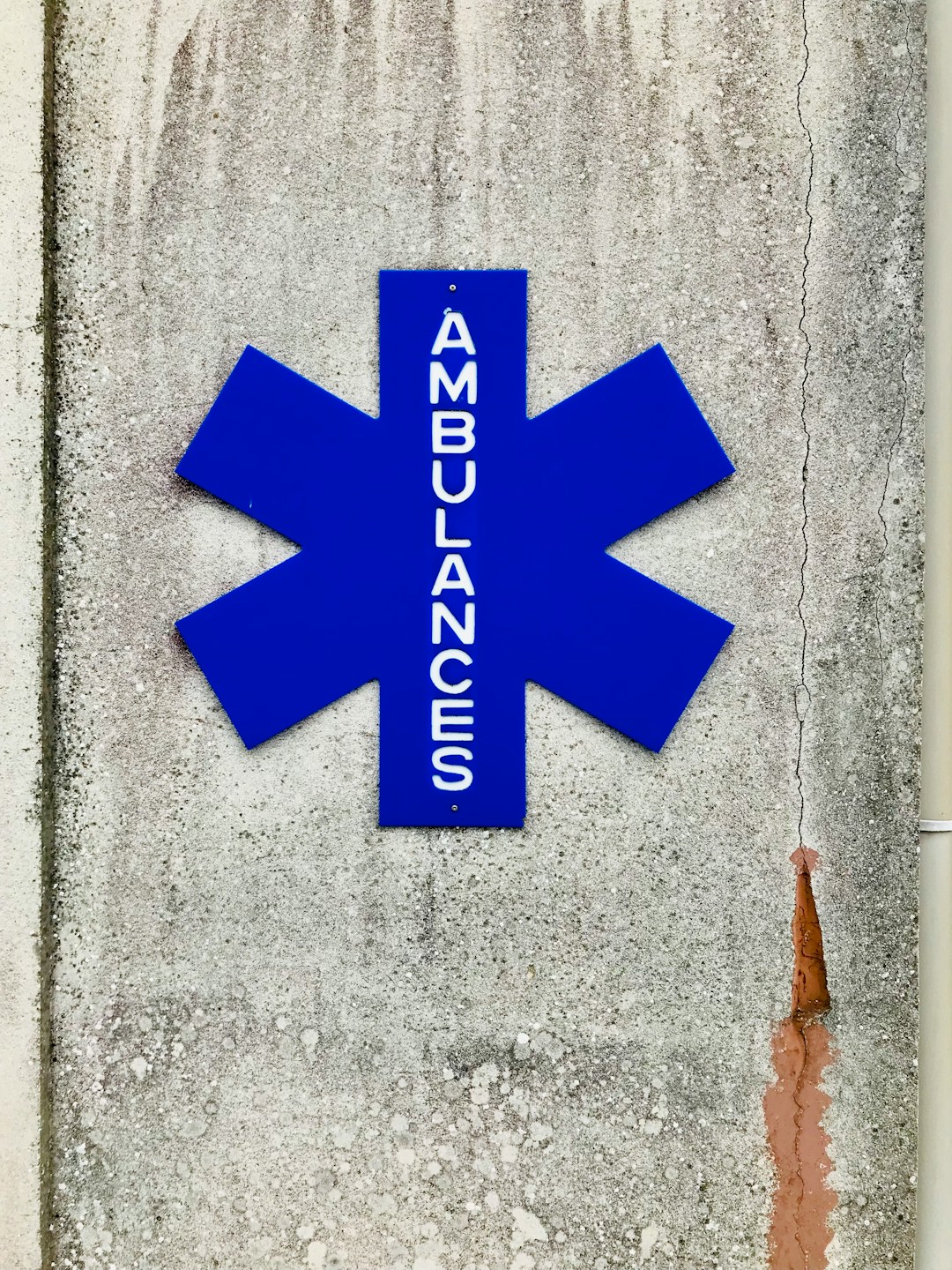





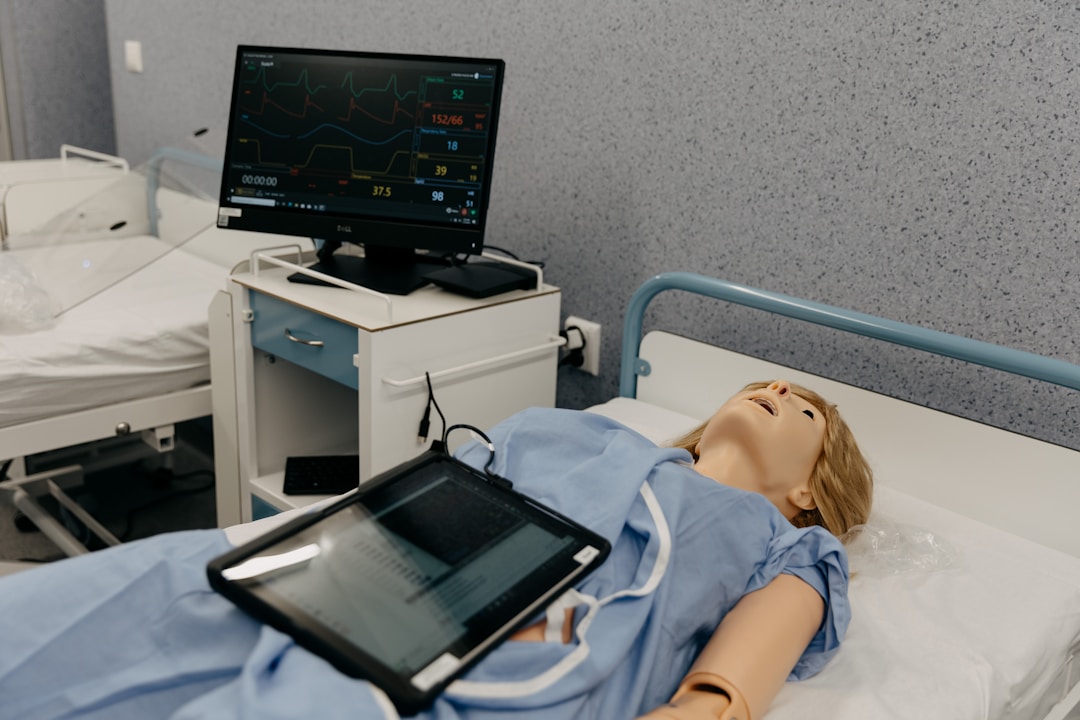




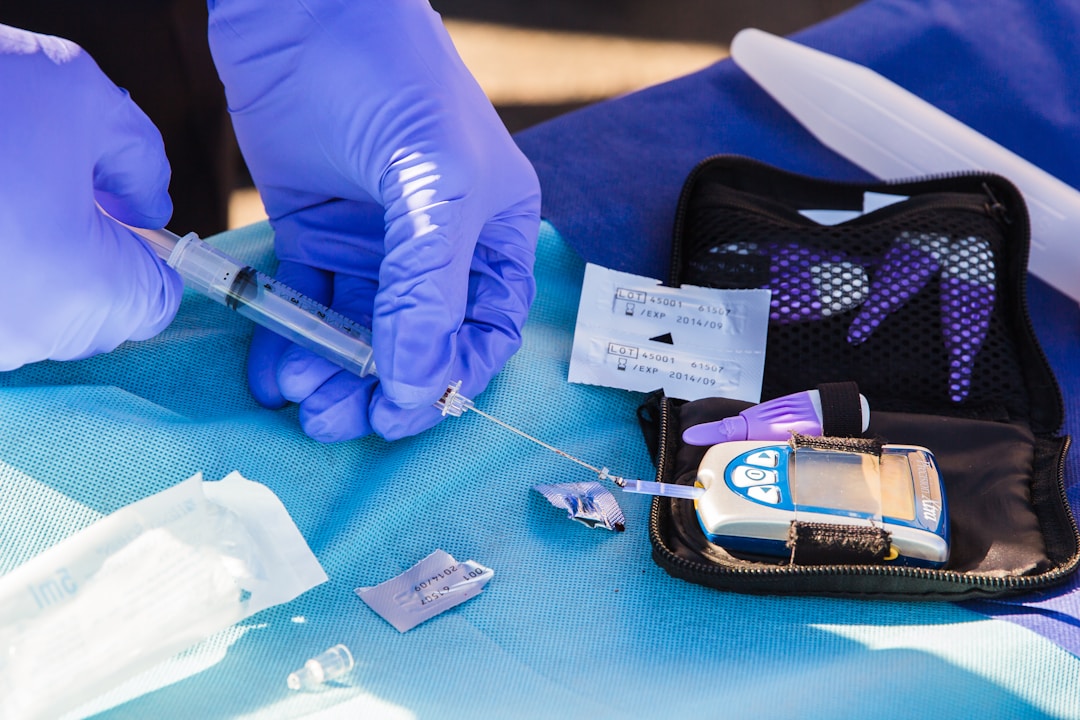




















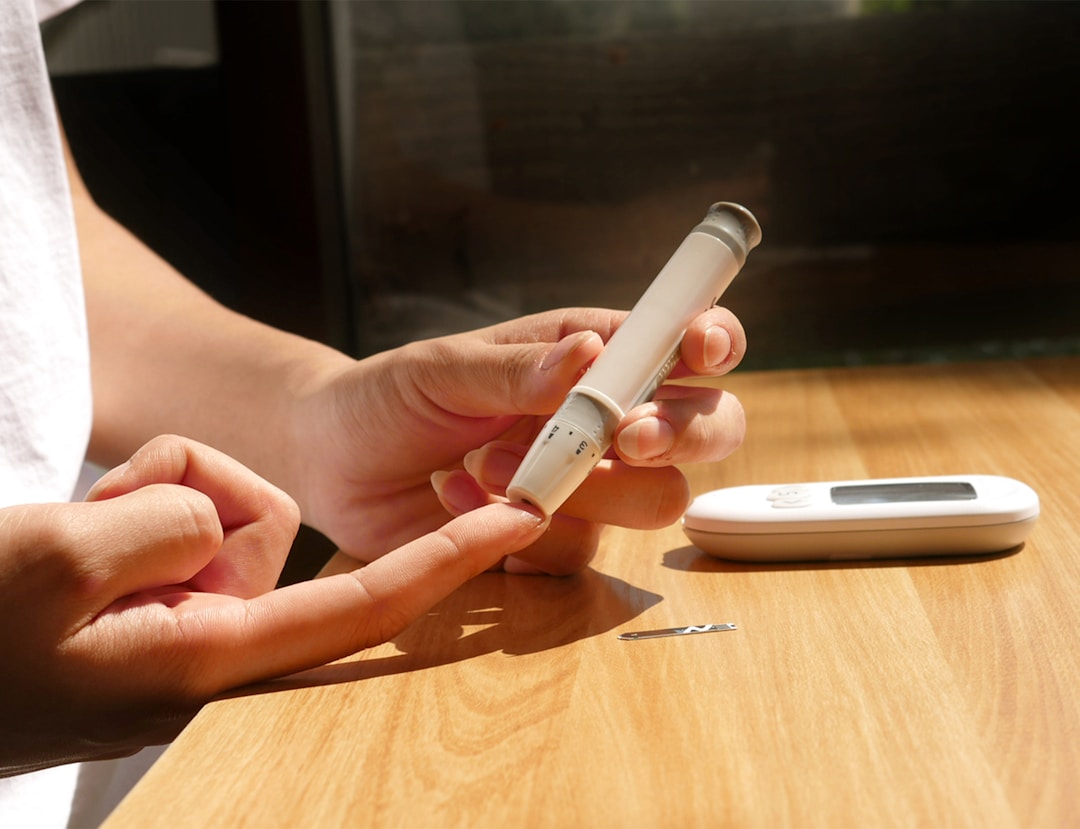

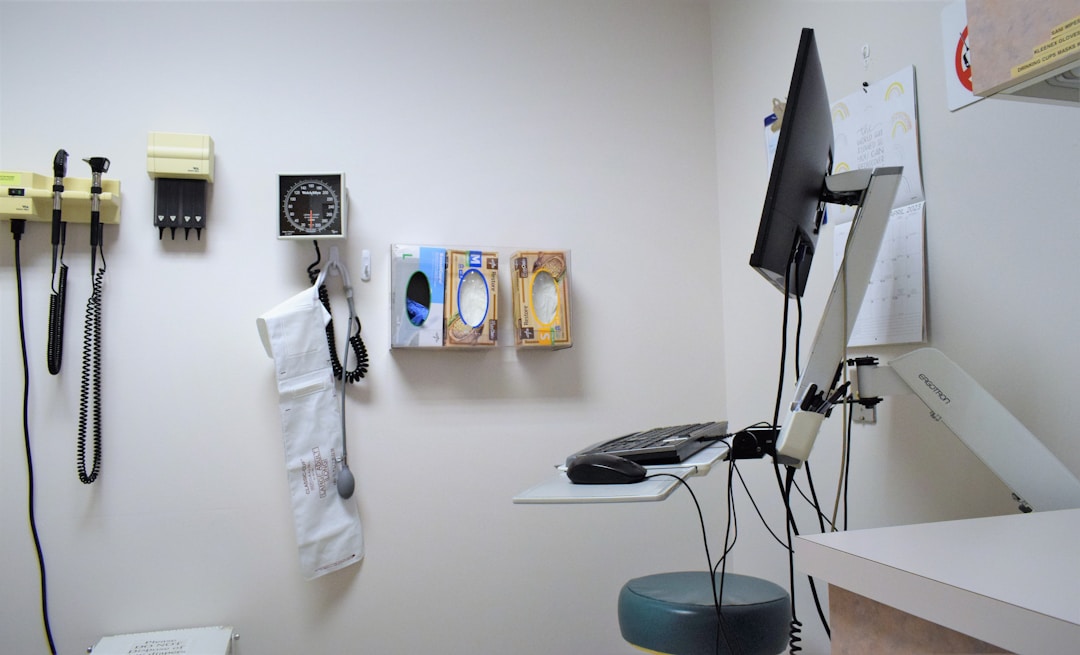
_(2)/w=1080,quality=90,fit=scale-down)











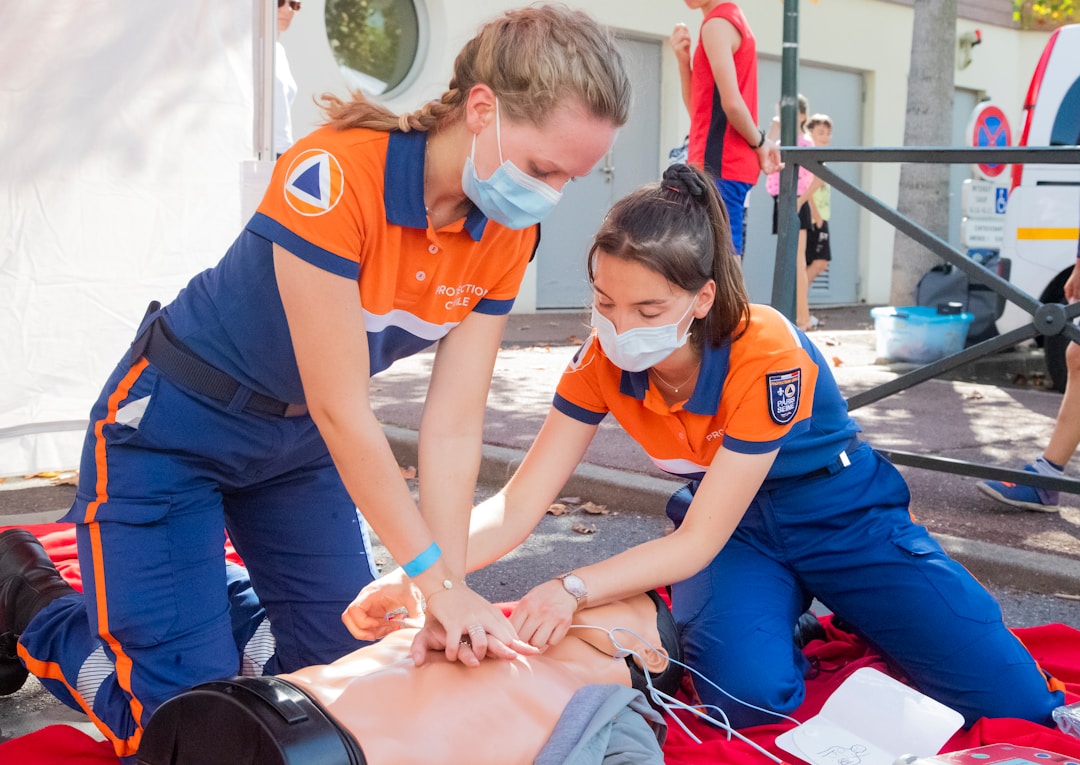




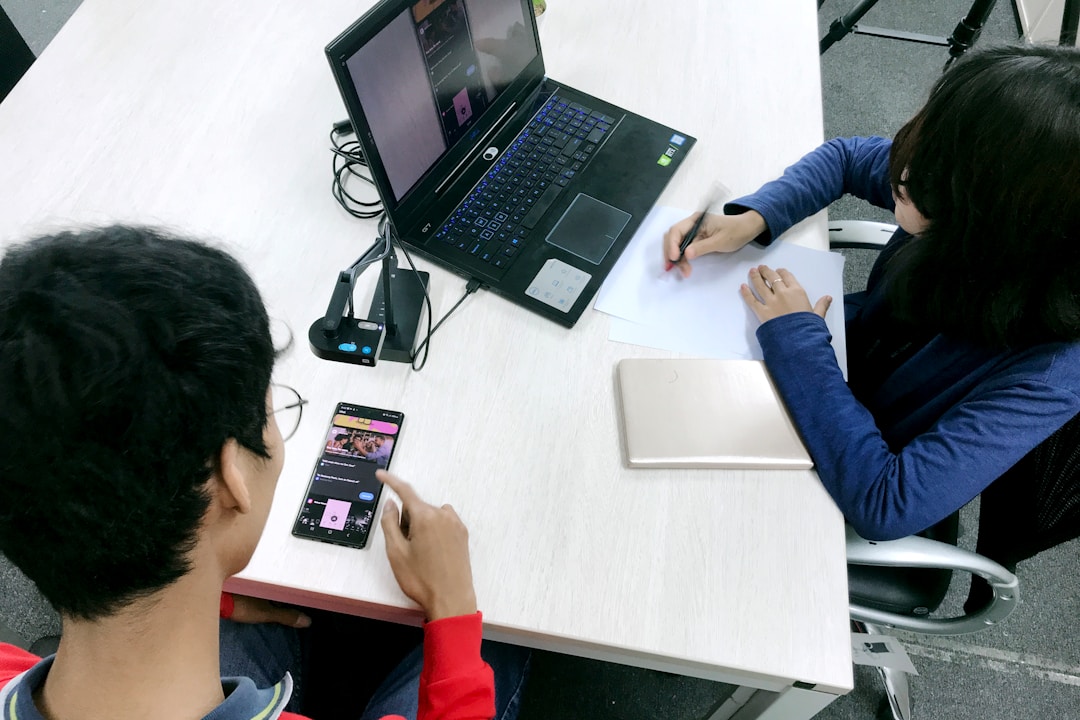



/w=1080,quality=90,fit=scale-down)
/w=1080,quality=90,fit=scale-down)










